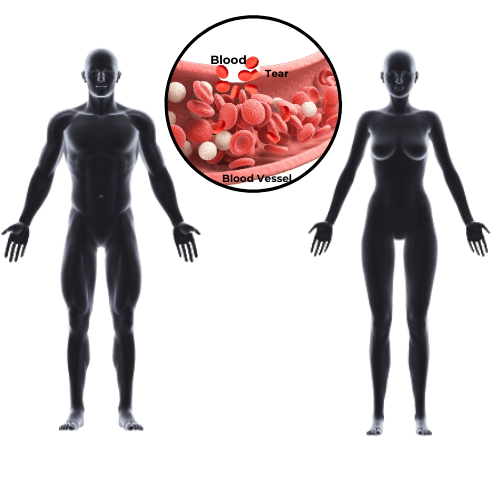 Von Willebrand Disease (VWD) is an autosomal inherited bleeding disorder caused by a deficiency or dysfunction of von Willebrand factor (VWF) and is the most common bleeding disorder, found in up to 1% of the US population.
Von Willebrand Disease (VWD) is an autosomal inherited bleeding disorder caused by a deficiency or dysfunction of von Willebrand factor (VWF) and is the most common bleeding disorder, found in up to 1% of the US population.
VWF, along with factor VIII (FVIII), is a key molecule in platelet aggregation and adhesion and is critical to prevent bleeding via blood clotting.
Patients with reduced VWF have reduced FVIII
Typical symptoms of VWD include easy bruising, epistaxis, gingival bleeding, surgical bleeding, and heavy menstrual bleeding.



 )
)




